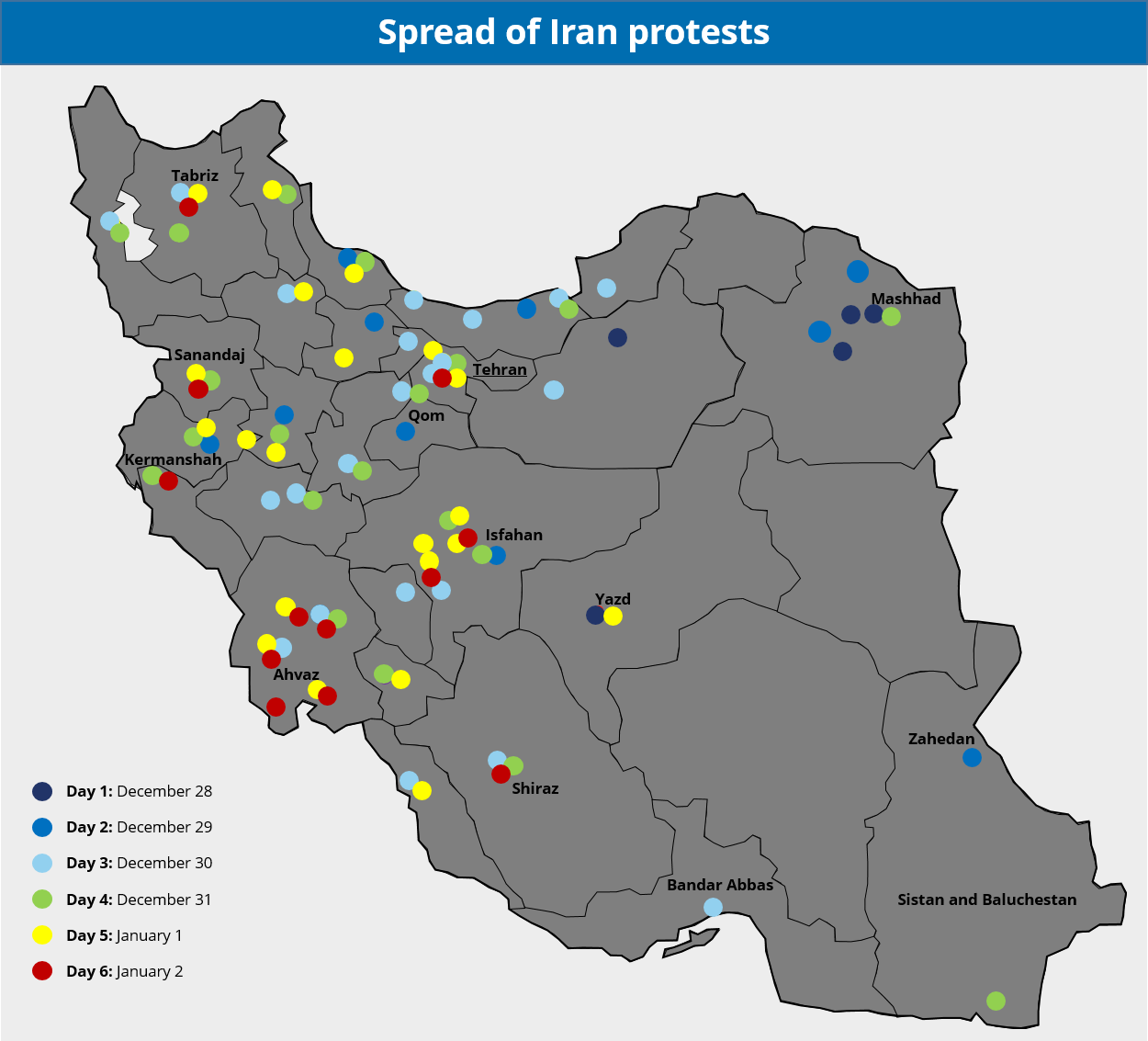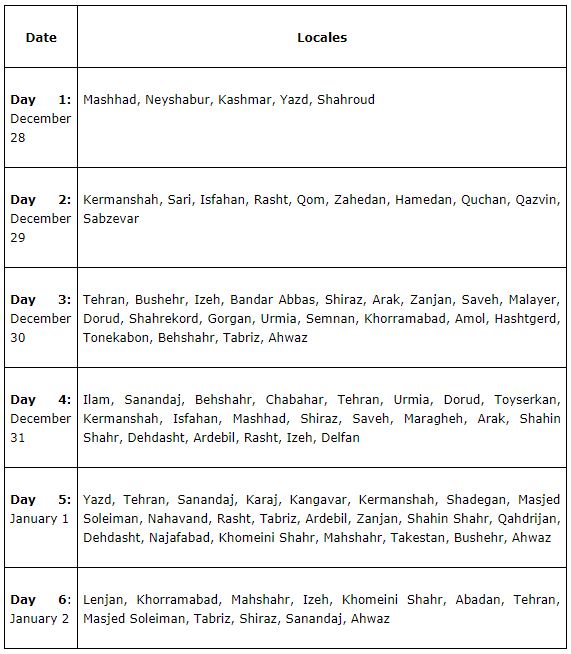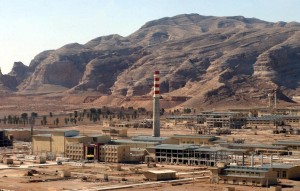Please be advised
The official Syrian news agency reported that missiles targeted military sites in Aleppo and Hama provinces, during the overnight hours of April 29-30.
According to a pro-government media outlet, an arms depot belonging to the Syrian Arab Army’s (SAA) 47th Brigade in Hama Governorate was targeted. As for Aleppo Province, the exact target of the attack has yet to be specified. No official confirmation regarding the perpetrator of the strikes has been released at the time of writing.
Reports additionally indicate that the target was an underground bunker containing more than 100 long-range accurate missiles.
Moreover, reports indicate that missile attacks killed 26 pro-Syrian government fighters at Hama’s arms depot, many of whom Iranians. However, according to an IRGC-linked media, the reports regarding Iranian deaths as a result of the strikes are “baseless”.
According to reports quoting a US military source, the US-led coalition is not beyond the attack.
Assessments & Forecast
The incident comes amidst an uptick in Israeli strikes against Iranian-linked facilities across Syria over the past months. On April 9, Israel reportedly targeted Homs Province’s Tiyas Military Airbase with missiles, which resulted in the killing of seven Iranian troops. In addition, on February 10, Israeli Air Force (IAF) aircraft targeted 12 facilities, including three Syrian aerial defense batteries and four Iranian military bases. Therefore, we assess that the overnight strikes were similarly carried out by Israel. Nonetheless, the incident is notable given its scale-and-scope, as the number of reported casualties is significantly higher than Israel’s usual attacks in Syria.
Such attacks, especially in light of the reported Iranian casualties as a result of the recent incident, highlight Israel’s persistent efforts to contain the growing Iranian influence across Syria, as well as its increased willingness to conduct large-scale assaults deep in Syria in order to achieve this goal. Moreover, the development follows multiple Iranian threats of attacks against Israel in the wake of the above mentioned Israeli strikes in Homs Province, which resulted in the killing of Iranian troops. The strikes are potentially an attempt by Israel to send a deterring message to Tehran, as well as that it will continue to operate in Syria, in spite of Iran’s threats. Furthermore, as underscored by the reports regarding the base containing more than 100 accurate missiles, the incident demonstrates Israel’s determination to target military installations containing weapons or systems considered to be jeopardizing Israel’s technological edge and national security.
FORECAST: Given the reports regarding a high number of Iranian casualties, Tehran will likely seek to carry out a significant act of retaliation against Israel. This may include the launching of armed Unmanned Aerial Vehicle (UAV) into Israeli territory and target a military base, in a similar fashion to the February 10 incident, during which an IAF helicopter intercepted an Iranian UAV in Israeli airspace. Additional response may include attempted attacks against Israeli and Jewish interests across the globe, potentially official or diplomatic facilities. Additionally, albeit slightly less likely, attacks against Israel Defense Forces (IDF) border patrols on the Israeli side of the Golan Heights may also be recorded. Should these materialize, they will likely involve shootings, IEDs, or the use of anti-tank missiles.
Recommendations
Recommendations: Syria
We advise against all travel to Damascus and Aleppo, given the general threat of indiscriminate aerial bombardment and artillery shelling from government forces as well as attacks by various groups. Attacks by rebel forces may include the use of rocket propelled grenades, suicide bombings, and mortar attacks.
Those remaining in Damascus should ensure that contingency and emergency evacuation plans are updated due to the potential for a further deterioration in the security situation. Avoid all travel to outlying areas of the city given the persistent threat of militancy. Restrict essential travel to areas west of the Old City while avoiding travel to the Old City itself due to the risk of mortar fire and threat of militancy.
Avoid all travel to outlying areas and cities including Daraa, Homs, Hama, and Idlib due to persistent fighting and heightened risk of kidnapping targeting foreigners, particularly in combat zones and rebel held areas.
Recommendations: Israel
Travel to Israel may continue at this time while adhering to security precautions regarding militant attacks, while avoiding the immediate vicinity of the Syrian, Lebanese, and Egyptian borders, due to the persistent risk for cross border violence.
Those residing or operating in Israel are advised to monitor the situation in the vicinity of the border areas regarding incidents of cross border hostilities and possible rocket attacks. Remain cognizant of the situation along the Lebanese and Syrian border areas, as minor hostilities between various groups can escalate into a broader conflict.



